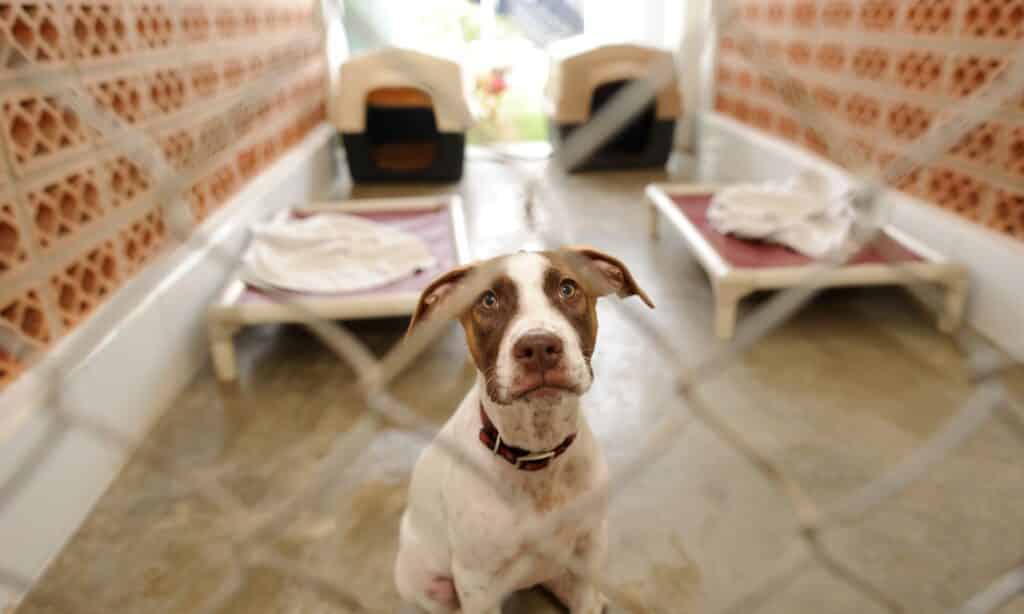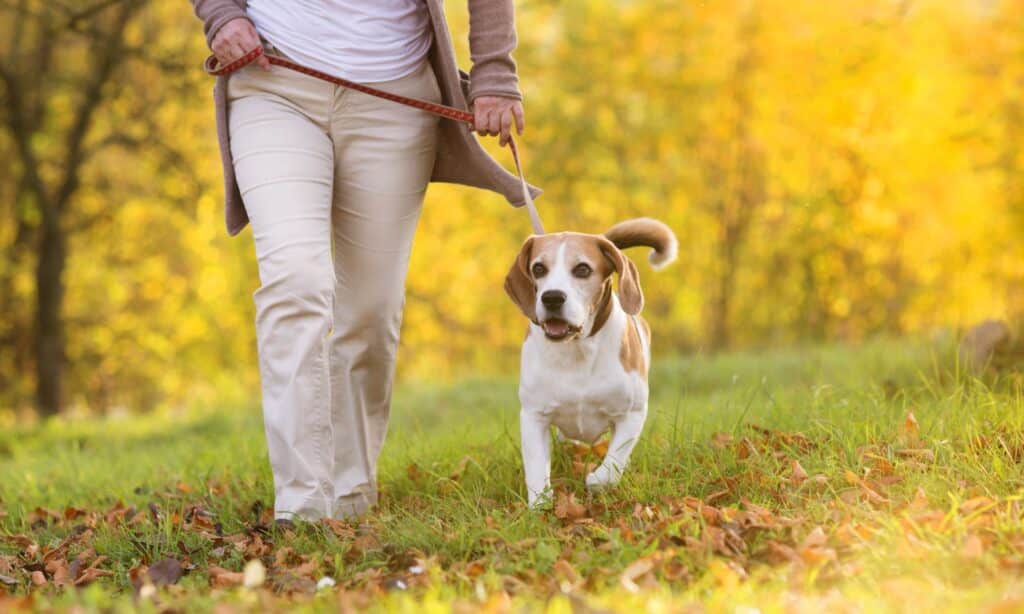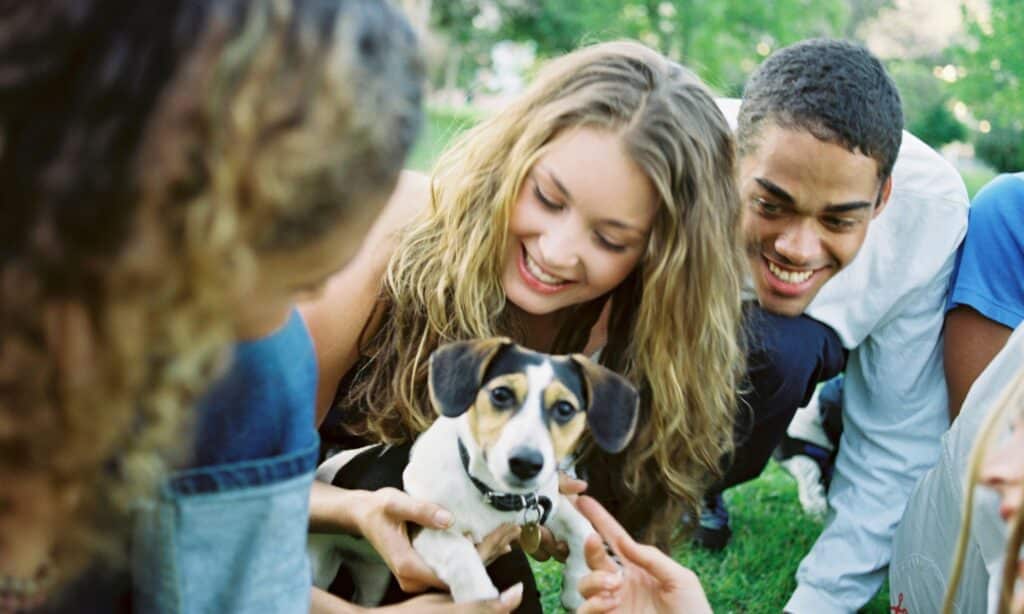“This post contains affiliate links, and I will be compensated if you make a purchase after clicking on my links.”

Every year, shelters are overcrowded with abused and abandoned dogs. Most of the time, they can’t take any more than they want to because there are not enough homes that adopt rescue dogs. When you adopt a dog from the shelter, you save two lives by making room for others.
You can change a rescued dog’s world when you adopt them. You can provide the love they deserve and give them the assistance they need to have a comfortable life. Training a dog comes with difficulties, but the happiness you see as they grow with you is extremely rewarding.
If you have just adopted a rescue dog, knowing the 3-3-3 rule when bringing them home is important. And if you need help with how to train them, this article is for you! Keep reading to find out more!

Deal With Your Dog’s Fears
When training them, see the world through your dog’s eyes. A rescued dog can have a lot of triggers. Even subtle sounds and movements can scare them. List the stimuli that trigger them and arrange them from highest to lowest. Create positive associations to manage anxiety and fear-based issues through counterconditioning and desensitization. These two mean that you offer a reward to create a positive association when a stimulus that causes fear is encountered.

Patience is Key
During the first few weeks, your dog might be aloof toward you. With the change in environment, his true personality may only come out several weeks after adoption. Training takes a lot of time and patience. Expect an adjustment period and be realistic, setting only attainable goals. If you remain patient and understanding, your dog will come to trust you.

Set a Routine
Maintaining consistency in a new environment will help in the transition phase. Changes are stressful for everyone, even pets and especially rescued dogs. Keep a consistent schedule. Some rescue dogs have lived an unpredictable life, and a consistent routine at home, whether for meals, walks outside, or grooming can help your rescue dog feel more comfortable.

Socialization
Learning how to respond well to different situations in a healthy way can be practiced through socialization, and starting training early can help you and your dog avoid extra difficulties. Socialization is crucial for puppies between 3–14 weeks of age. Don’t be upset if your dog shows signs of fear at first; instead, give him time to gradually grow accustomed to everything that is going on around him.

Crate Training
Crates help give your dog his personal space. A rescued dog can experience moving from the shelter to multiple homes before finding a family that fits him. Having a safe area inside your home where he can go when he feels overwhelmed can help him adjust better. But crate training could become complicated if your dog was sent to spend a lot of time in the crate by his previous owner as a form of punishment. Make the crate training process enjoyable for the dog and don’t push him if he doesn’t want to for the first few tries.
Some dogs exhibiting behavioral problems may require the assistance of a professional dog trainer. Ask about your dog’s history and listen to the experts at the shelter. Seek their advice if you need help with problems you encounter with your rescue dog.
So there you have it! Do you have more tips to help with training rescue dogs?












